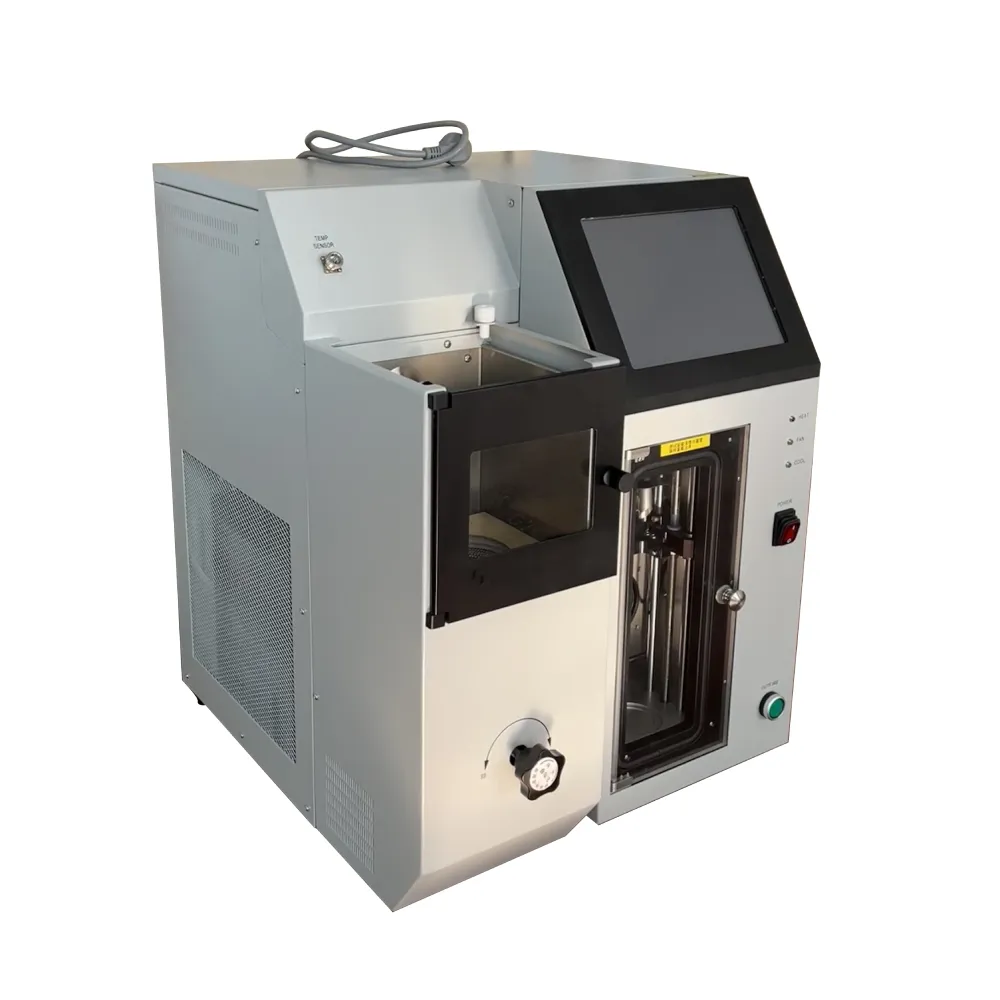 English
English


Electrical Insulation Resistance Testing Procedures and Best Practices for Enhanced Safety and Performance
Understanding Electrical Insulation Resistance Testing
Electrical insulation resistance testing, commonly referred to as IR testing, is a critical procedure in the maintenance and assessment of electrical systems. This testing method measures the resistance offered by an insulating material, ensuring that electrical components operate safely and efficiently. By determining insulation resistance, professionals can identify potential issues before they lead to equipment failure, electrical shorts, or even hazardous conditions.
Importance of Insulation Resistance Testing
Insulation materials are designed to prevent leakage currents and provide a safe boundary between conductive and non-conductive parts. Over time, these materials can degrade due to factors such as environmental conditions, mechanical wear, or chemical exposure. If the insulation fails, it can result in electrical faults, which may lead to equipment damage, unplanned downtime, and increased maintenance costs. Thus, IR testing plays a pivotal role in proactive maintenance strategies and risk management.
Regular insulation resistance testing is essential, particularly in industrial settings where heavy machinery and complex electrical systems are in use. By adhering to industry standards and guidelines for testing intervals, organizations can minimize risks and ensure compliance with safety regulations.
Methodology for Conducting IR Testing
To perform an insulation resistance test, a specialized device known as an insulation resistance tester or megohmmeter is used. The device applies a high voltage (usually between 250V and 1000V, depending on the application) to the insulation system while measuring the resistance in ohms (Ω). The test involves the following steps
1. Preparation Before testing, ensure that the equipment is de-energized, and all circuits are isolated. This not only safeguards the tester but also ensures accurate readings.
electrical ir test

2. Connection Connect the tester leads to the insulation that is being evaluated. One lead connects to the conductor of the tested component, while the other is attached to the ground or frame.
3. Testing Initiate the test by applying voltage. The megohmmeter will then measure the current that flows through the insulation and calculate the resistance.
4. Analysis Once the test is complete, analyze the readings. Generally, a higher resistance indicates better insulation performance, whereas lower resistance values could signify potential issues.
5. Documentation Record the readings and any observations for future reference and trend analysis. Consistency in testing and recording will help establish benchmarks for the system's insulation performance over time.
Interpretation of Results
The acceptable insulation resistance value can vary based on the application and standards. A general guideline is that insulation resistance should be at least 1 megohm per kilovolt of operating voltage; however, the specific threshold should be defined according to the manufacturer's recommendations and industry standards. A declining trend in resistance values over time can be an indicator of insulation deterioration, warranting further investigation or remedial action.
Conclusion
Electrical insulation resistance testing is an indispensable practice for ensuring the safety and longevity of electrical systems. By regularly assessing insulation integrity, organizations can prevent costly failures and enhance operational reliability. With a thorough understanding of the testing process, adherence to standards, and proactive maintenance strategies, businesses can safeguard their electrical infrastructure against potential risks, ultimately contributing to a safer working environment and enhanced productivity. In a world increasingly reliant on electrical systems, the role of IR testing in fostering safe and efficient operations cannot be overstated.
-
Differences between open cup flash point tester and closed cup flash point testerNewsOct.31,2024
-
The Reliable Load Tap ChangerNewsOct.23,2024
-
The Essential Guide to Hipot TestersNewsOct.23,2024
-
The Digital Insulation TesterNewsOct.23,2024
-
The Best Earth Loop Impedance Tester for SaleNewsOct.23,2024
-
Tan Delta Tester--The Essential Tool for Electrical Insulation TestingNewsOct.23,2024





